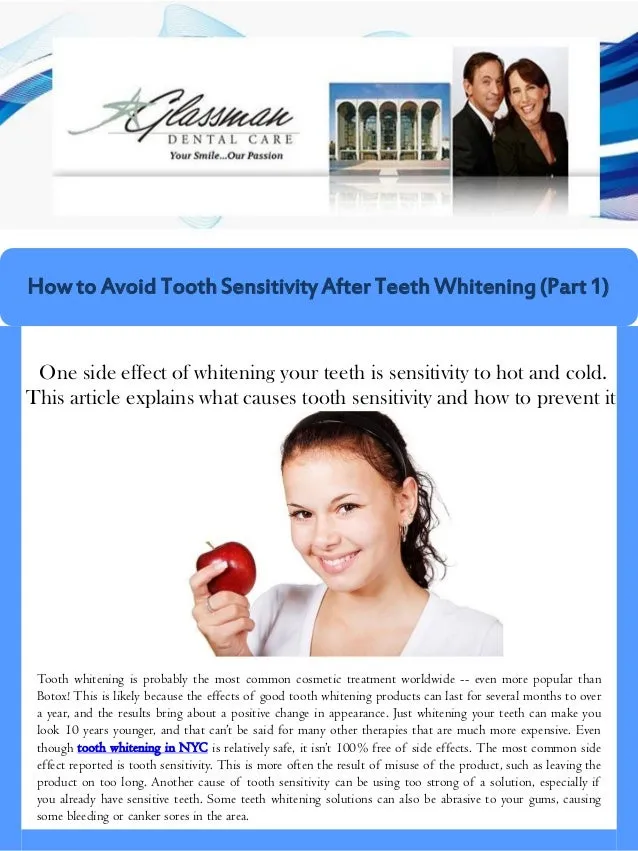Understanding Tooth Sensitivity After Whitening
Tooth sensitivity is a common and often temporary side effect of teeth whitening procedures. Many individuals experience a heightened sensitivity to hot, cold, sweet, or acidic foods and beverages after undergoing these treatments. This discomfort can range from mild twinges to sharp, intense pains. Recognizing the causes and understanding how to manage this sensitivity is crucial for a comfortable experience and successful teeth whitening results. Fortunately, most cases of sensitivity resolve within a few days to a couple of weeks, but taking proactive steps can help minimize the impact and duration of the sensitivity.
What Causes Sensitivity After Whitening
The primary cause of tooth sensitivity after whitening is the active ingredient in most whitening products — hydrogen peroxide or carbamide peroxide. These compounds work by penetrating the enamel and breaking down stain molecules. However, during this process, they can also pass through the enamel and reach the dentin, which contains microscopic tubules that lead directly to the tooth’s nerve. This can irritate the nerves, leading to sensitivity. The degree of sensitivity varies depending on the concentration of the whitening agent, the duration of exposure, and the individual’s natural tooth structure and existing dental health.
The Science Behind Tooth Sensitivity
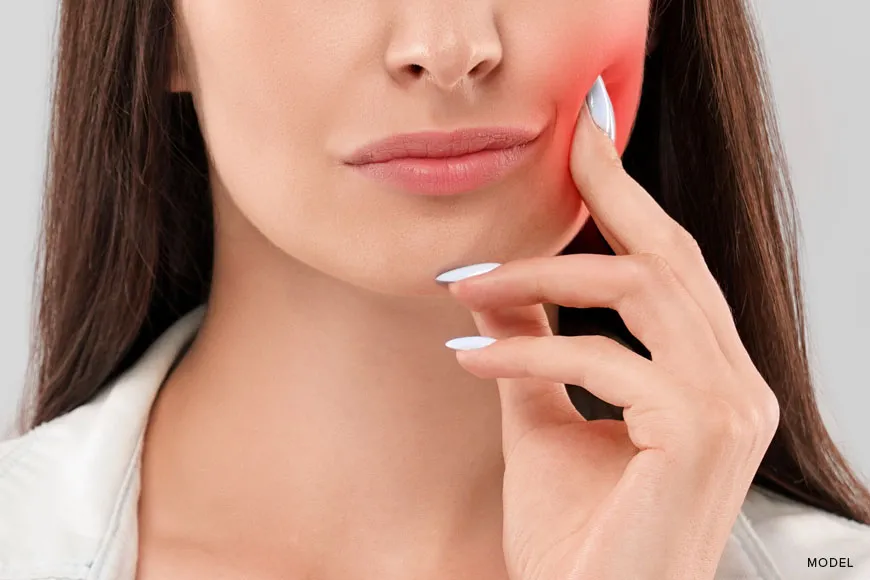
The dentin tubules play a crucial role in sensitivity. These tiny channels contain fluid-filled pathways that connect the outer surface of the tooth to the nerve. When exposed to stimuli like temperature changes or chemicals, this fluid moves, stimulating the nerve and causing pain. Whitening agents can inflame the pulp and increase the permeability of the dentin, which worsens sensitivity. Individuals with naturally thinner enamel, receding gums, or existing cavities may experience more pronounced sensitivity. Understanding this mechanism is key to choosing the right methods for alleviating the discomfort.
Common Whitening Methods and Sensitivity
Different teeth whitening methods have varying impacts on sensitivity. The intensity and duration of sensitivity often correlate with the strength of the whitening agent and the exposure time. Both professional and at-home methods can cause sensitivity, although the approach to mitigating this differs. Being aware of the specific techniques used can help you prepare and manage potential discomfort effectively.
Professional Whitening
Professional whitening, typically performed in a dentist’s office, often uses higher concentrations of hydrogen peroxide. This can result in more rapid and noticeable whitening but may also lead to more significant sensitivity. Dentists often apply a protective barrier to the gums to minimize irritation. They may also offer desensitizing treatments before or after the procedure. Despite potential increased sensitivity, professional whitening provides faster results and is monitored by a dental professional, ensuring safer application.
At-Home Whitening Kits
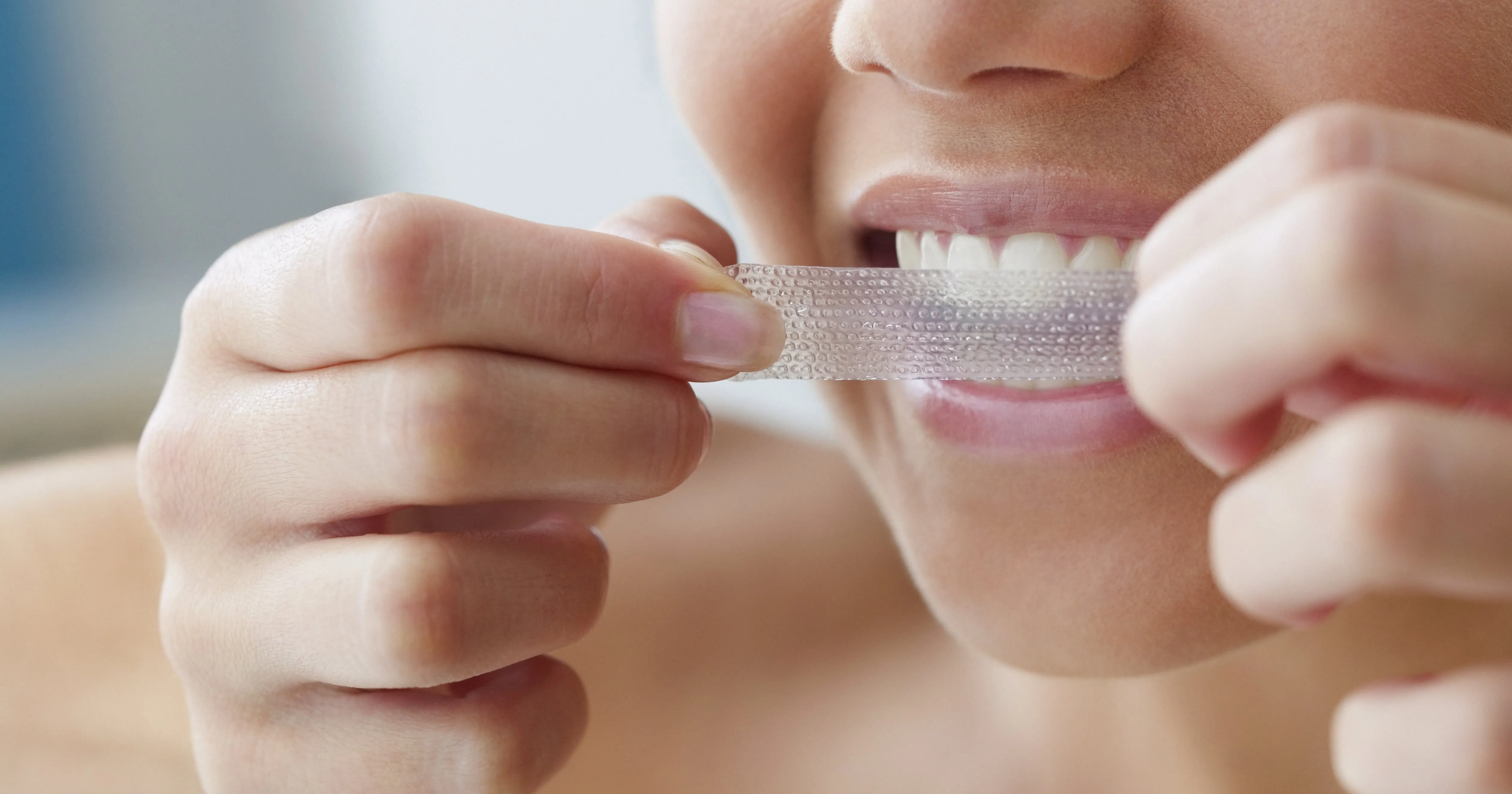
At-home whitening kits, which include custom-fit trays or strips, generally contain lower concentrations of peroxide. While they may cause less immediate sensitivity, prolonged use can still lead to discomfort. It is crucial to follow the instructions carefully and avoid over-whitening to reduce the risk of increased sensitivity. Over-the-counter products offer convenience and affordability but may require more patience to achieve the desired results, with a greater need for adherence to instructions.
Top Ways to Reduce Tooth Sensitivity
Several effective strategies can help manage and reduce tooth sensitivity after whitening. Implementing these methods can provide significant relief and make your whitening experience more comfortable. These approaches often involve a combination of dental care techniques and lifestyle adjustments.
Using Desensitizing Toothpaste
Desensitizing toothpaste is a cornerstone of managing tooth sensitivity. These toothpastes work by blocking the dentin tubules or reducing the transmission of pain signals to the nerve. Regular use can provide significant relief and protect your teeth from further sensitivity. The active ingredients in these toothpastes work to create a protective barrier or reduce nerve irritation.
How Desensitizing Toothpaste Works
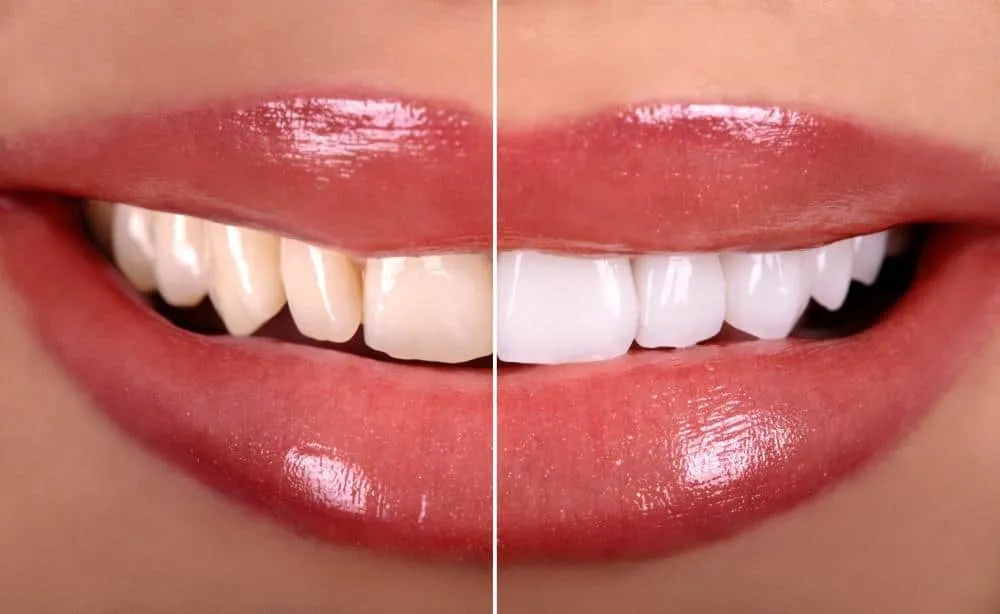
Desensitizing toothpastes typically contain ingredients like potassium nitrate or stannous fluoride. Potassium nitrate works by calming the nerve inside the tooth, while stannous fluoride can help block the dentin tubules. Using these toothpastes consistently allows these active ingredients to build up and provide a protective effect. It may take several days or weeks of regular use before you notice a significant reduction in sensitivity, so consistency is essential.
Choosing the Right Toothpaste
When selecting a desensitizing toothpaste, consider products that contain potassium nitrate or stannous fluoride. Consult with your dentist to find the best option for your specific needs. Many brands offer sensitivity relief toothpaste, and your dentist can recommend one that aligns with your oral health requirements. Look for toothpaste with a low abrasiveness to avoid further enamel erosion.
Proper Brushing Techniques
Proper brushing techniques play a crucial role in preventing and managing tooth sensitivity. Gentle brushing with a soft-bristled toothbrush can minimize the irritation to the enamel and gums. Avoiding aggressive brushing prevents enamel erosion and gum recession, which can expose the sensitive root surfaces of your teeth.
Gentle Brushing Methods
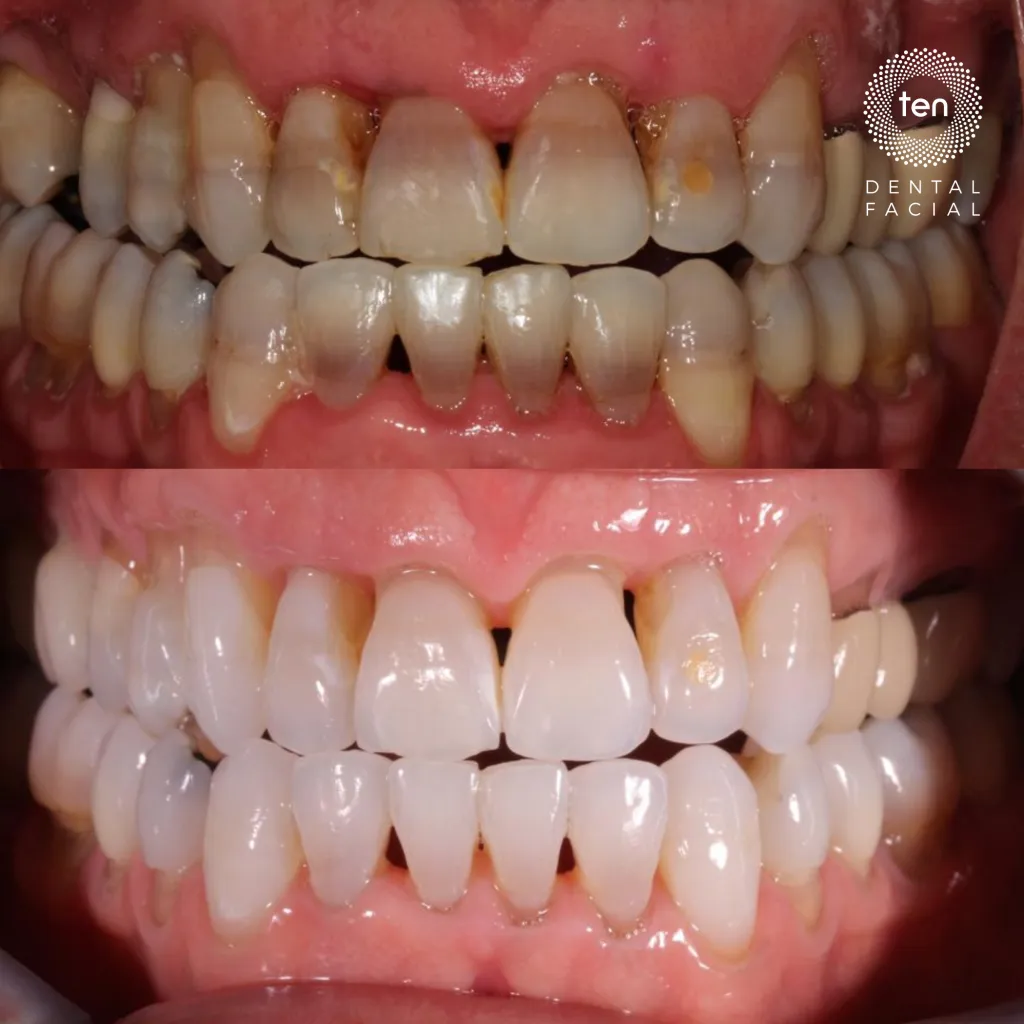
Use a soft-bristled toothbrush and brush gently, using small, circular motions. Avoid scrubbing horizontally across your teeth. Apply minimal pressure to prevent enamel erosion. Focus on cleaning all surfaces of your teeth, including the front, back, and chewing surfaces. Brushing for at least two minutes, twice a day, is the recommended guideline for effective oral hygiene.
Avoiding Abrasive Products
Avoid using whitening toothpastes or toothpastes with harsh abrasives, as these can exacerbate sensitivity by wearing away enamel. These toothpastes often contain abrasive particles to help remove surface stains, but can also cause damage to sensitive teeth. Stick to desensitizing toothpastes or toothpastes recommended by your dentist that are gentle on your teeth.
Fluoride Treatments
Fluoride treatments help strengthen tooth enamel and reduce sensitivity. Fluoride works by remineralizing the enamel, making it more resistant to acid attacks and reducing the permeability of the dentin tubules. Both professional and at-home fluoride treatments are available, offering different levels of concentration and application methods.
Professional Fluoride Applications
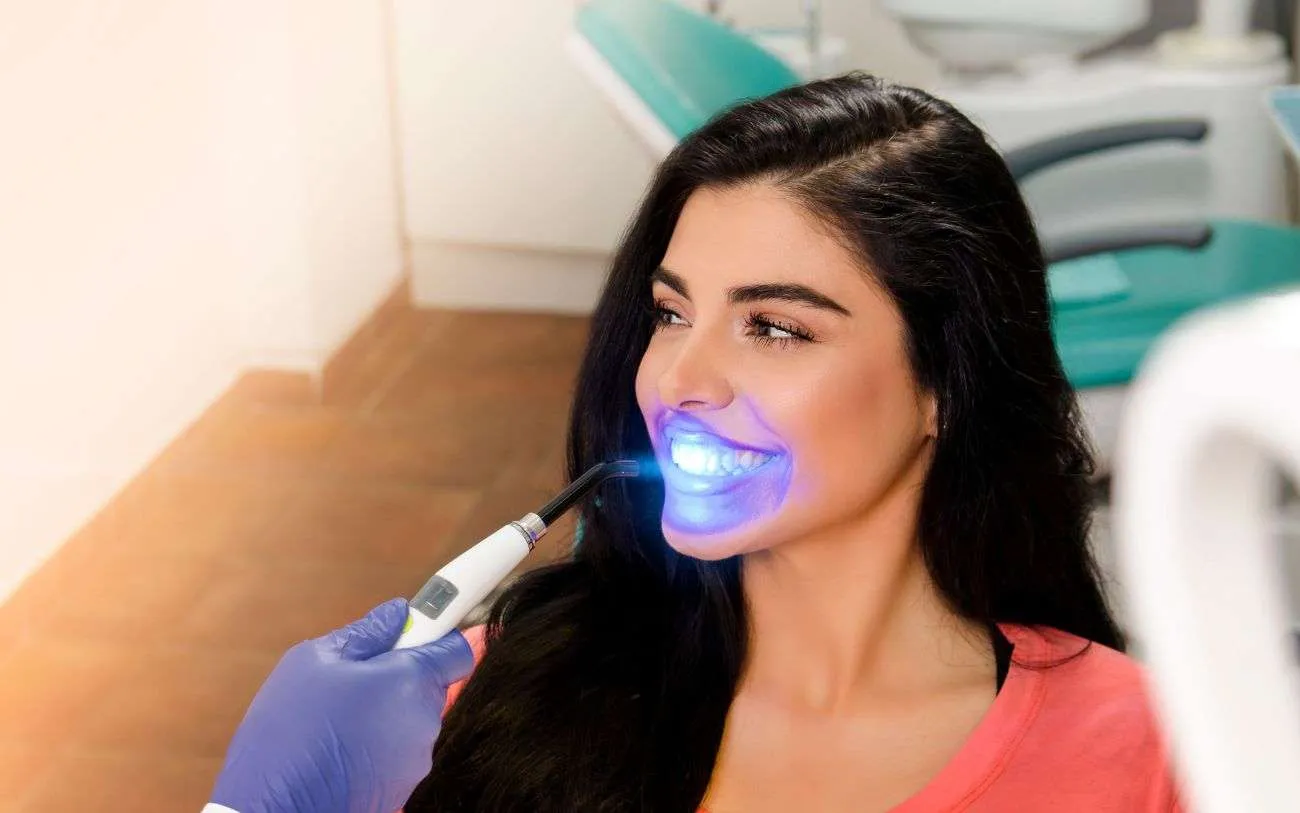
Your dentist can apply a fluoride varnish or gel during your dental checkup. These treatments contain a high concentration of fluoride and are applied directly to your teeth. The dentist will dry your teeth and apply the fluoride, allowing it to absorb into the enamel. Professional fluoride treatments are more potent and offer immediate relief, and are a great choice to consider if you’re struggling with tooth sensitivity.
At-Home Fluoride Options
Your dentist may recommend an at-home fluoride toothpaste or mouthwash. These products contain a lower concentration of fluoride than professional treatments, but regular use can provide significant benefits. Follow your dentist’s instructions for using at-home fluoride products to maximize their effectiveness. The consistent use of these products can gradually help build a protective barrier against sensitivity over time.
Dietary Adjustments and Sensitivity
Your diet can significantly affect tooth sensitivity. Certain foods and drinks can trigger sensitivity by irritating the nerves or eroding enamel. Making dietary adjustments can greatly alleviate discomfort and protect your teeth. Paying attention to your food and drink choices can make a big difference.
Foods to Avoid

Avoid highly acidic foods and drinks, such as citrus fruits, tomatoes, pickles, soda, and fruit juices, as they can erode enamel and exacerbate sensitivity. Steer clear of sugary treats, which contribute to tooth decay and can worsen sensitivity. Extremely hot or cold foods can also trigger pain, so consume them in moderation. Reduce your intake of these items to help manage your sensitivity.
Foods to Embrace
Focus on a balanced diet rich in calcium and other nutrients that promote healthy teeth. Dairy products like milk, cheese, and yogurt can help strengthen enamel. Fiber-rich fruits and vegetables can help stimulate saliva production, which neutralizes acids. Drink plenty of water to stay hydrated and rinse away food particles. Eating these kinds of foods can assist in maintaining and even building up your tooth health.
Over-the-Counter Pain Relief
If you experience significant sensitivity, over-the-counter pain relievers like ibuprofen or acetaminophen can help alleviate the discomfort. Follow the instructions on the packaging and do not exceed the recommended dosage. For more severe cases, consult your dentist about alternative pain relief options. These can provide temporary relief, but addressing the underlying cause is key to long-term comfort.
When to See a Dentist
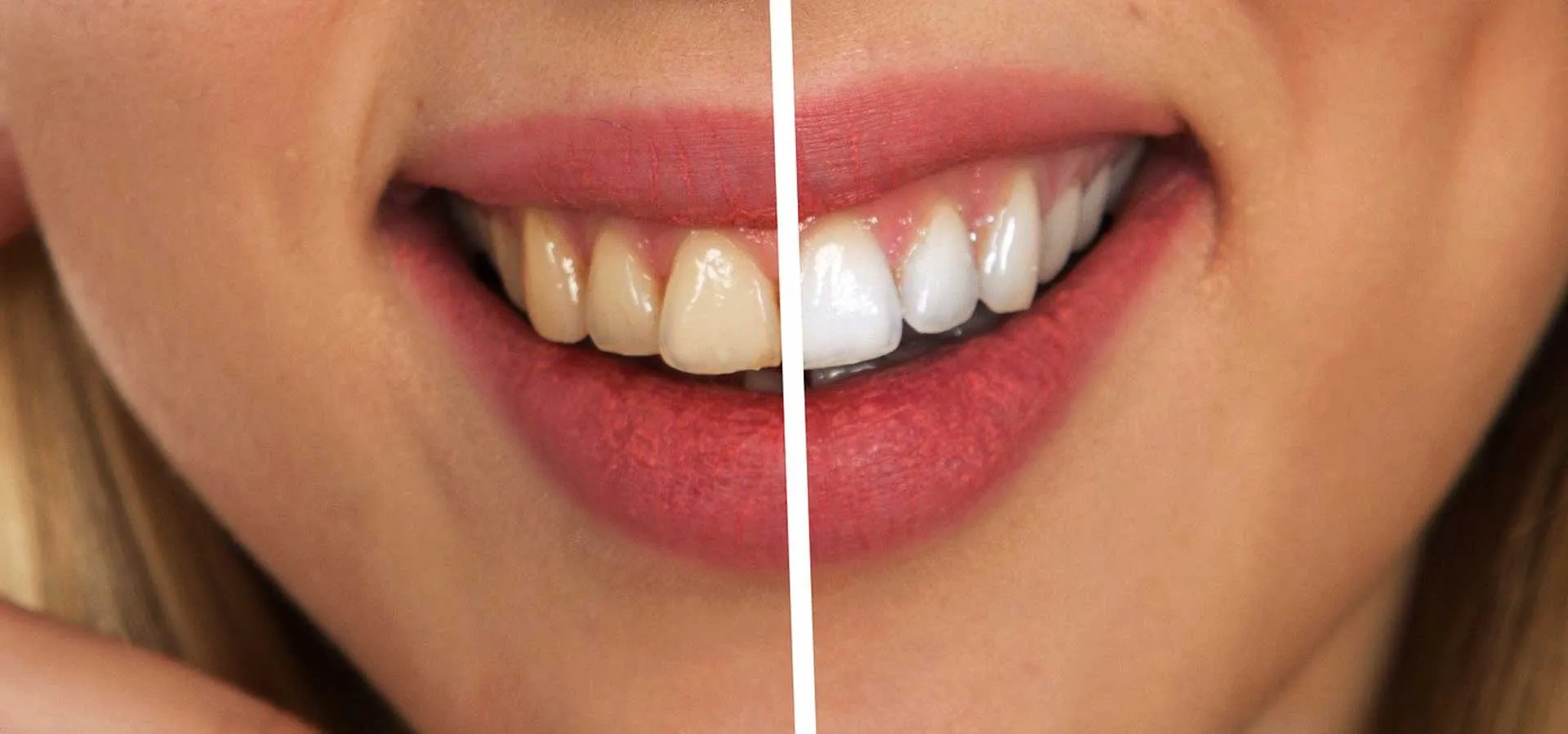
While most sensitivity after whitening is temporary, there are times when you should consult a dentist. Persistent or worsening sensitivity may indicate underlying dental issues that require professional attention. Knowing when to seek professional help ensures that you receive appropriate care and prevent further complications. Early detection and intervention are key to preserving long-term oral health.
Signs of Serious Sensitivity
If your sensitivity lasts longer than a few weeks, becomes increasingly severe, or is accompanied by other symptoms like toothaches or swollen gums, it is time to see a dentist. These symptoms might indicate a more serious problem, such as a cavity, gum disease, or an underlying dental issue. Ignoring these signs can lead to more significant oral health problems.
What Your Dentist Can Do
Your dentist can assess the cause of your sensitivity and recommend appropriate treatments. They may perform a dental exam to check for cavities, cracks, or gum disease. Your dentist can also offer in-office fluoride treatments, prescribe stronger desensitizing toothpastes, or apply a desensitizing agent to your teeth. They can also recommend other procedures, such as dental bonding or fillings, if necessary. Regular check-ups and professional advice are crucial for managing sensitivity.
